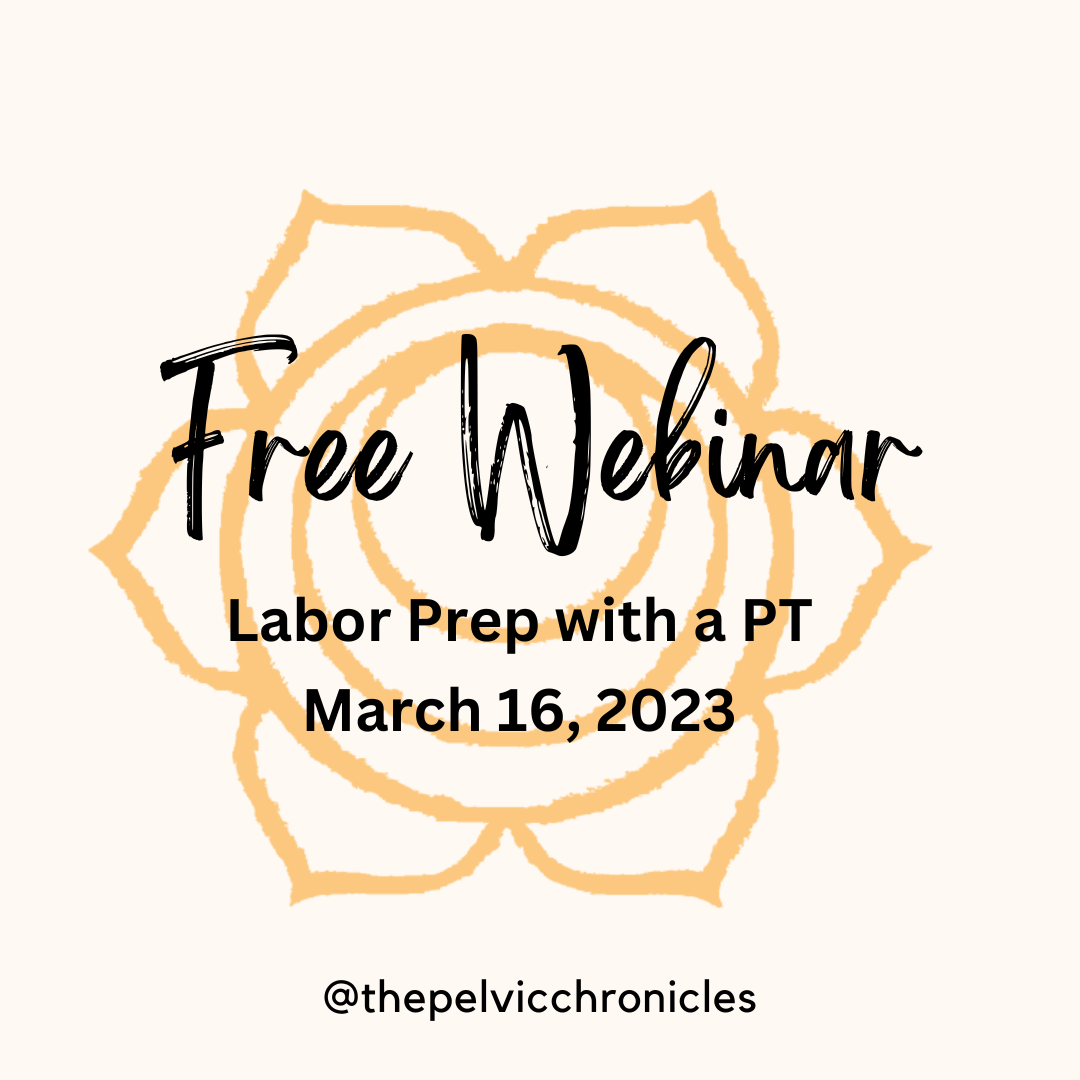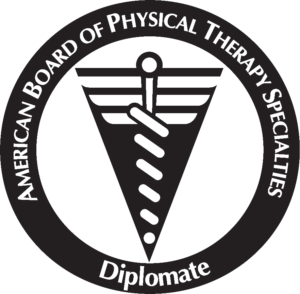Many women have vaginal dryness with menopause, when they are breastfeeding, or with long term…

Free Webinar with Julia Foster, DPT on labor prep.
Delivery is a marathon. And like any race, preparation is one of the big keys to success. As pelvic floor physical therapists, we love to help our pregnant moms prepare for the race as much as possible. There are many things that go into this preparation, and it is individualized for every person. The hot topics that we talk about with all of our patients are 1) perineal massage before and during delivery, 2) positions for laboring, and 3 breathing techniques.
Perineal massage is an excellent way to prepare the perineal tissues for baby to enter the world. Perineal massage helps to soften and stretch the perineal tissues that need to be able to elongate during the second stage of labor as the baby’s head is crowning. This is also the most common place where tissues tear during delivery. Perineal stretching can begin anytime during the 3rd trimester to start prepping these tissue for delivery. In a recent systematic review, the researchers found that perineal massage during later stages of delivery significantly decreased the occurrence of perineal tears and the frequency of episiotomies. The perineal massage during labor was found to be most effective with women’s 1st vaginal delivery, most likely because the perineal tissues had not been stretched with previous vaginal deliveries.
Positions of labor and delivery are also important to talk about as our patients prepare for delivery. During labor, positions that allow the sacrum to move back and the pelvis to widen are important to allow the baby to further descend into the birth canal. This can also be helpful with uncomplicated delivery to allow the tailbone to also extend and create more space for the baby to crown and enter the world. Positions for laboring and delivering to allow for sacral and coccyx mobility may include a support wide-legged squat, hands and knees, and side lying with the top leg supported. One recent study found that a supported squat with a birthing bar can decrease the time of the 2nd stage of labor and decrease the usage of oxytocin vs women who were in a supine position. The influence of different maternal pushing positions on birth outcomes at the second stage of labor in nulliparous women: The Journal of Maternal-Fetal & Neonatal Medicine: Vol 30, No 2 These positions also allow the pelvic floor muscles to eccentrically elongate, allowing the most space for baby to crown and decrease the risk of perineal tearing. In the study cited above, elongating the pelvic floor muscles in a supported squat was also found to decrease the mother’s pain during the 2nd stage of labor on the Visual Analog Scale.
We also practice breathing with our patients as they prepare for the labor and delivery process. Many women are taught to hold their breath and push, known as a Valsalva or directed pushing. We know that this increases abdominal pressure and puts more strain on the pelvic floor and pelvic organs during other activities. A recent study found that women who used pursed lip breathing, or natural breathing were able to better manage anxiety during labor and pushing and felt more control over the process. They also found that women who used the pursed lip breathing decreased pushing time by more than 3 minutes. This also decreases the risk of perineal tearing and decreased stress on pelvic floor and pelvic organ tissues. Efficacy of spontaneous pushing with pursed lips breathing compared with directed pushing in maternal and neonatal outcomes: Journal of Obstetrics and Gynaecology: Vol 42, No 5 (tandfonline.com)
Preparing for labor and delivery is as important as the prep for any athletic event in life. If we are able to prepare our bodies, we can decrease the risk of perineal tears, length of 2nd stage of labor and pushing time, and pain and anxiety during the process. Pelvic floor physical therapy can help you throughout this preparation.
We are hosting a FREE webinar this month about preparation for labor. Click Here to register for this free event. We also offer a free 15 mintue phone consultation Click here to schedule.




